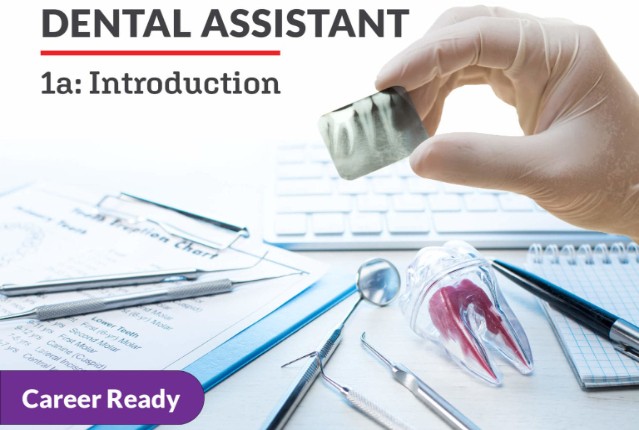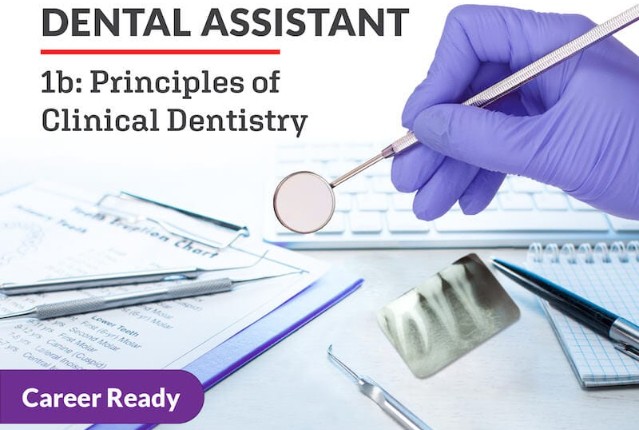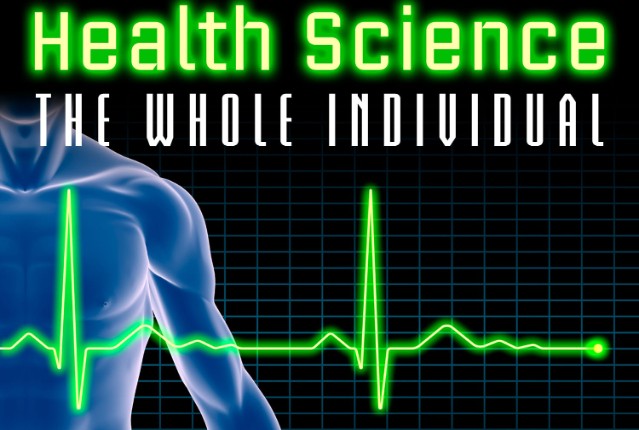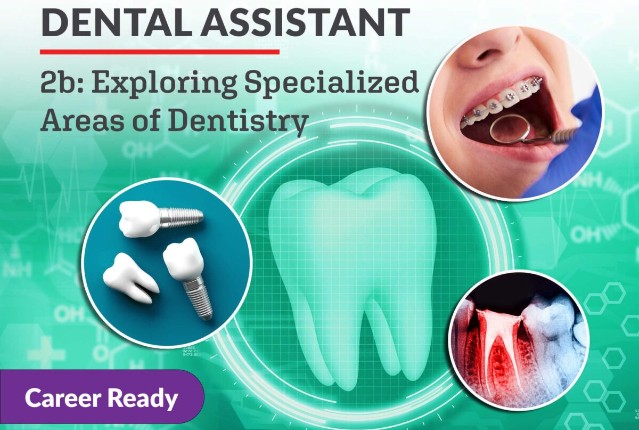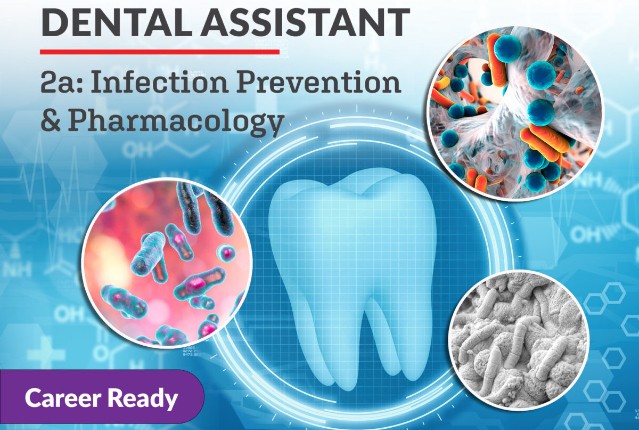
Dental Assistant 2a: Infection Prevention and Pharmacology
Your passion for dentistry has strong roots, and now it’s time to drill even deeper into the pulp of the science. In this course, you will continue to explore the field of dentistry through a work-based learning experience while studying how to maintain a safe environment for patients. You’ll cover prevention, recognition, and management of common dental office emergencies and how to manage patient pain and medications. You’ll learn about microbiology and the modes of disease related to oral care as well as explore specialties in the dental field important responsibilities and guidelines for providers. Let’s continue sharpening your cusp of knowledge as a dental assistant!
Review course outlineAccess for a year
USD 299.00*
* Choose more courses to get a discount

